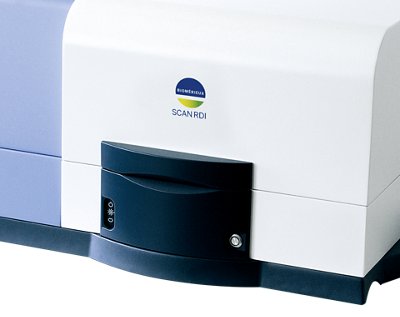Rapid Methods: 4-Hour Time-to-Results
By Zachary Newman, Field Application Specialist, bioMérieux

FAQ Question and Answer
Question: What test method limits the rate at which a 503A or 503B Compounder can release products?
Answer: For many in the industry, it is the compendial 14-day sterility test outlined in USP <71> Sterility Tests1 general chapter. Since sterile compounded drugs have a short shelf life, a rapid Microbial detection method like SCANRDI® can reduce the time to results (TTR) from 14-day to as little as 4 hours or less. This helps alleviate the TTR bottleneck in the release process, while still providing a reliable and robust finished-product sterility test. Additionally, SCANRDI® has been shown to be either superior or as effective in the detection of microorganisms as compared to the compendial method,2 and it is compatible with many filterable product matrices.2 So what does implementing a rapid sterility test mean for you?
Benefits of a 4-hour sterility test possible with SCANRDI®:
1. Rapid results for finished product sterility testing
2. Quicker release of product to patients in need
3. Reduced storage space requirements
4. Cost savings for the manufacturer
5. Robust and reliable sterility results
6. Early detection of potential process failures
7. Maintaining a high level of quality assurance
References:
1. <71> Sterility Test. USP.org. https://www.usp.org/harmonization-standards/pdg/general-methods/sterility-test.
2. Smith, R. “Evaluation of the ScanRDI as a rapid alternative to the pharmacopeial sterility test method: Comparison of the limits of detection”, PDA J. Pharm. Sci. Technol., 64(4), 356 –363. 2010.
About the Author: Zachary Newman has been a Field Application Specialist at bioMérieux for more than three years. He came to the organization with more than 10 years of Microbiology experience, five years of which was developing, implementing and utilizing rapid microbial methods, including the SCANRDI® system in sterile pharmaceutical and 503B compounding pharmacy facilities.
Register for The Compounding Pharmacy Insider
Your 503B Quarterly Newsletter

-3-1?qlt=85&ts=1711051225853&dpr=off)
